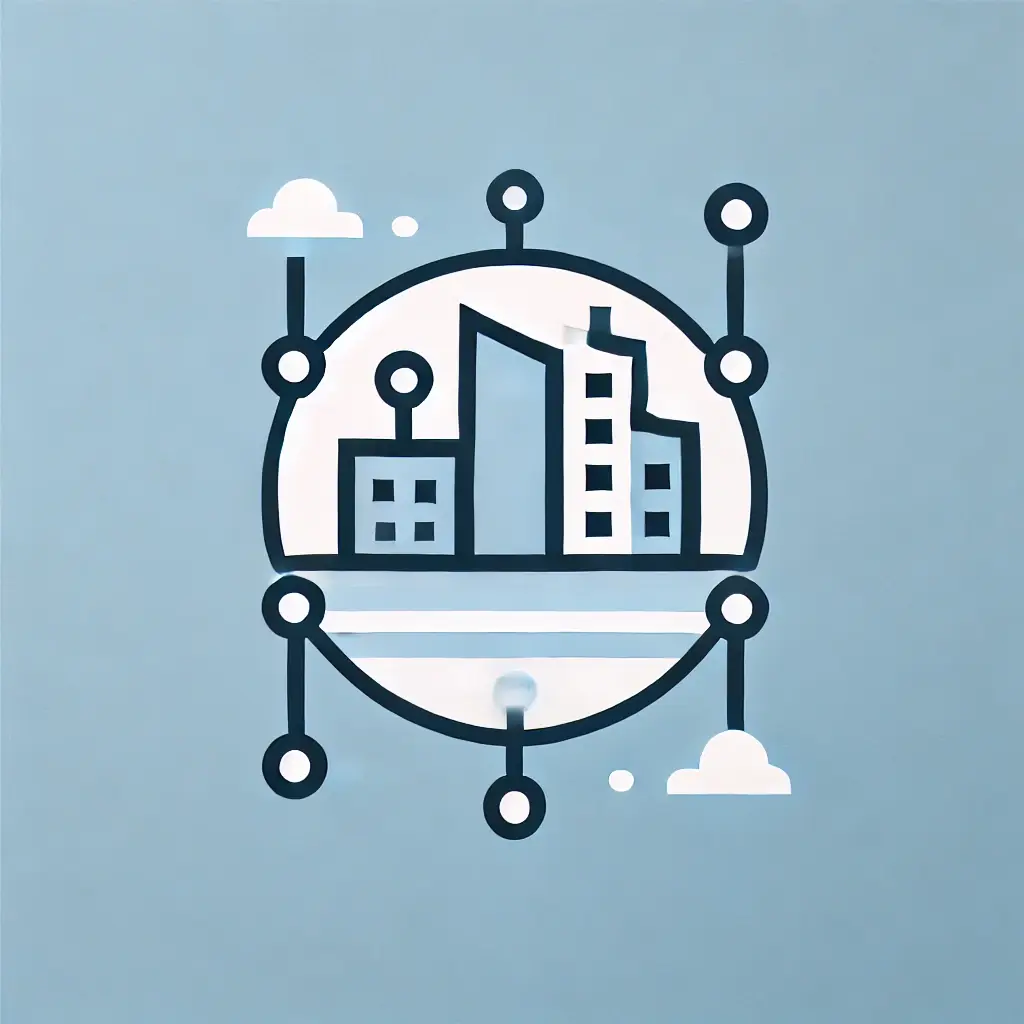Connected Public Services leverage artificial intelligence (AI) technologies to enhance the efficiency and accessibility of public services. By integrating smart service platforms and public service applications, governments can transform how they interact with citizens and manage resources.
AI Applications in Public Services
Streamlining Operations
AI can automate routine tasks, such as data entry and application processing, allowing government employees to focus on higher-priority initiatives. This not only increases productivity but also minimizes human error, leading to faster and more accurate service delivery. For instance, AI-powered chatbots can handle resident inquiries swiftly, improving community engagement and trust in public services[5].
Enhancing Decision-Making
Predictive analytics powered by AI can analyze large datasets to forecast trends and inform decision-making. Governments can utilize this capability to optimize resource allocation, such as adjusting public transportation schedules based on real-time data or predicting community needs for healthcare services. This proactive approach ensures that services are tailored to the specific requirements of citizens[4][5].
Improving Accessibility
AI technologies, such as natural language processing, enable the creation of conversational interfaces that make public services more accessible. Virtual assistants can guide citizens through complex processes, reducing the bureaucratic burden. For example, in Chicago, chatbots have been deployed to assist residents in navigating public health services, making interactions simpler and more user-friendly[2].
Supporting Diverse Communities
Emerging AI capabilities also facilitate better engagement with diverse communities. Real-time translation features can bridge language gaps, ensuring that all citizens have equal access to public services. Additionally, sentiment analysis can help agencies understand community concerns and tailor their communications accordingly, fostering a more inclusive environment[2][4].
Future of Connected Public Services
The integration of AI into public services is not just about efficiency; it is about creating a more responsive and equitable system. By focusing on human potential and community needs, governments can transform from mere service providers to partners in citizen development. This shift allows for personalized services, such as lifelong career coaching or tailored public health initiatives, ultimately enhancing the quality of life for all residents[2][4].
As AI technology continues to evolve, the potential for connected public services will expand, driving innovation and improving the overall effectiveness of government operations. By addressing challenges such as data privacy and workforce readiness, public agencies can fully harness the benefits of AI, creating more resilient and responsive communities[5].
Further Reading
1. AI Use Cases in Government | Deloitte US
2. How AI is Revolutionizing Public Services for a New Era
3. Artificial intelligence in public services: When and why citizens accept its usage – ScienceDirect
4. https://www.insight.com/en_US/content-and-resources/2023/ai-for-good–harnessing-ai-ml-to-improve-government-efficiency.html
5. The Role and Use of AI In Local Government – CivicPlus


